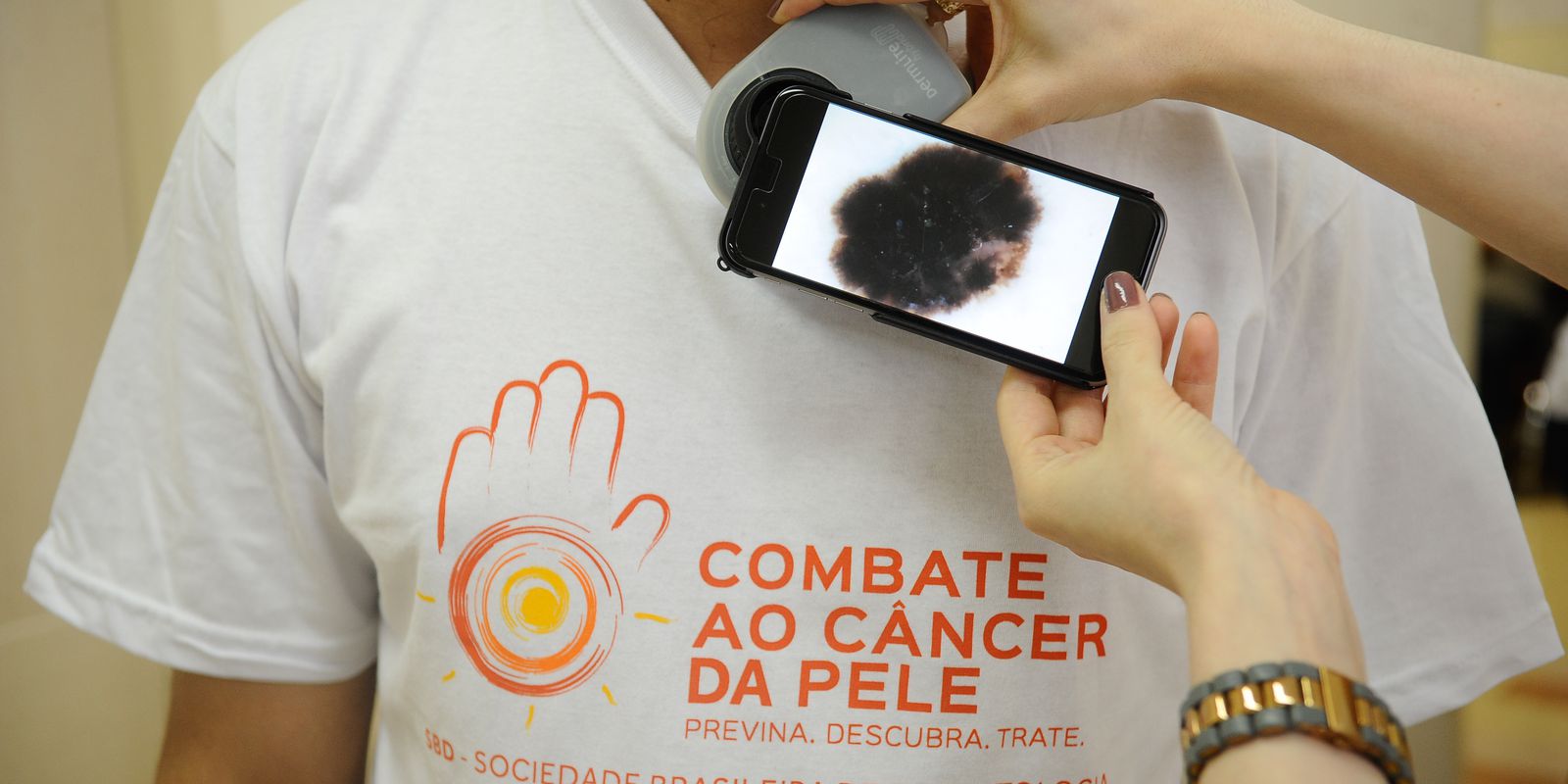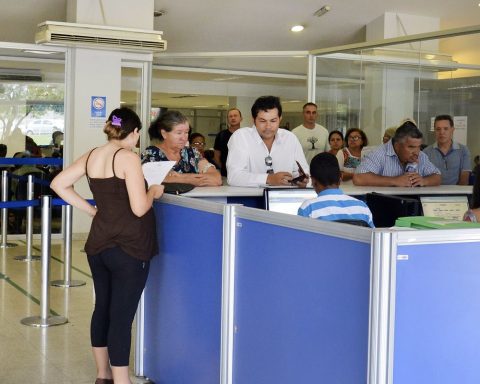The Brazilian Society of Dermatology (SBD) launched the Guide on Covid-19 and its cutaneous manifestations, aimed at clarifying the population about the relationship between the pandemic and skin lesions. It can be accessed at site from SBD. 
The coordinator of the Department of Internal Medicine at SBD, Paulo created, told Brazil Agency that manifestations that occur in covid-19 are not exclusive to this virus. They are seen in other dermatological or systemic diseases.
“But with SARS-CoV-2 infection, some of them have been more common,” he said. He added that the estimate is that the frequency of these manifestations in covid-19, excluding hair loss after the disease, varies from country to country.
On average, almost 8% of infected people have cutaneous manifestations. “When I say infected, I don’t mean they are necessarily symptomatic. Because there are reported cases of asymptomatic patients, on the part of the classic symptoms of covid-19, who had [teste] positive nasopharyngeal PCR, and may to have rash-like skin lesions [erupção geralmente avermelhada que aparece na pele]which are extensive skin patches, usually without relief, or similar to urticaria, which gives that blistering skin”, explained the doctor.
He observed that there are other less common manifestations, which occur in more severe patients, who have the so-called coagulopathy [doença hemorrágica] associated with covid-19, where there is formation of thrombi of small or large blood vessels, which can present purpura and even gangrene of toes and hands.
foundation
The guide intends to answer questions from society, based on scientific basis, because there are many questions on the internet about skin manifestations, most of them with news of dubious origin, said Paulo created.
He referred to the so-called “fingers of covid-19”, a manifestation that frequently occurs in patients with good immunity to the virus and who do not even reach to have the positive PCR. Thanks to innate immunity, these people have already managed to eliminate the virus and may be protected by inflammatory proteins in high amounts that generate inflammation in very small blood vessels in the skin, in general on the fingers, palms and soles of the feet. These slightly reddened lesions have a little painful sensitivity.
The doctor also informed that this lesion, in fact, is the erythema pernio, known as chilblains, which was already seen in several situations in dermatology and came to add up as one of the manifestations in people who had contact with the virus and, many times, Sometimes, they showed no symptoms, because the immunity was so good that they soon eliminated the virus and the PCR was negative. In general, this occurs with children and young people who were contacts of family members who had symptomatic covid, mostly.
The recommendation of the SBD is that people who start to present cutaneous manifestations seek a specialist, because they may be part of the spectrum of manifestations of covid-19, as they may not be. to have relationship. Rashes, which are red, flat spots, also occur in measles and rubella, and in allergic reactions to antibiotics and other medications.
Therefore, the guide recommends looking for a dermatologist, infectious disease specialist or pediatrician to assist in the recognition and check whether or not the skin lesions may be part of a manifestation of covid. The rashes appear in the first days of the disease and can be itchy and scaly. Improvement occurs spontaneously, with recovery of the clinical picture.
SBD experts point out that, although the main symptoms of covid-19 are respiratory, it is estimated that six in every 100 patients with the disease have some manifestation on the skin. The identification of paintings in this situation helps in the early diagnosis of covid and in the monitoring of cases.
Hair
According to the guide, covid-19 can also trigger intense hair loss, also called telogen effluvium. This symptom starts one to three months after the viral infection and the duration is variable.
Doctors stress that measures such as proper nutrition and washing hair at the recommended frequency can help. In some cases, specific treatment with nutrient supplementation and medication may be necessary, but it should be guided by dermatologists.
The publication also refers to skin reactions that can occur after the use of any vaccine, with the most common reaction at the application site, both immediate and late. In these situations, swelling, redness and local pain may occur and may even require treatment with medication. The guide points out, however, that, so far, there is no skin reaction to the vaccine that prevents the application of the vaccine. Monday dose or booster dose, when indicated.














